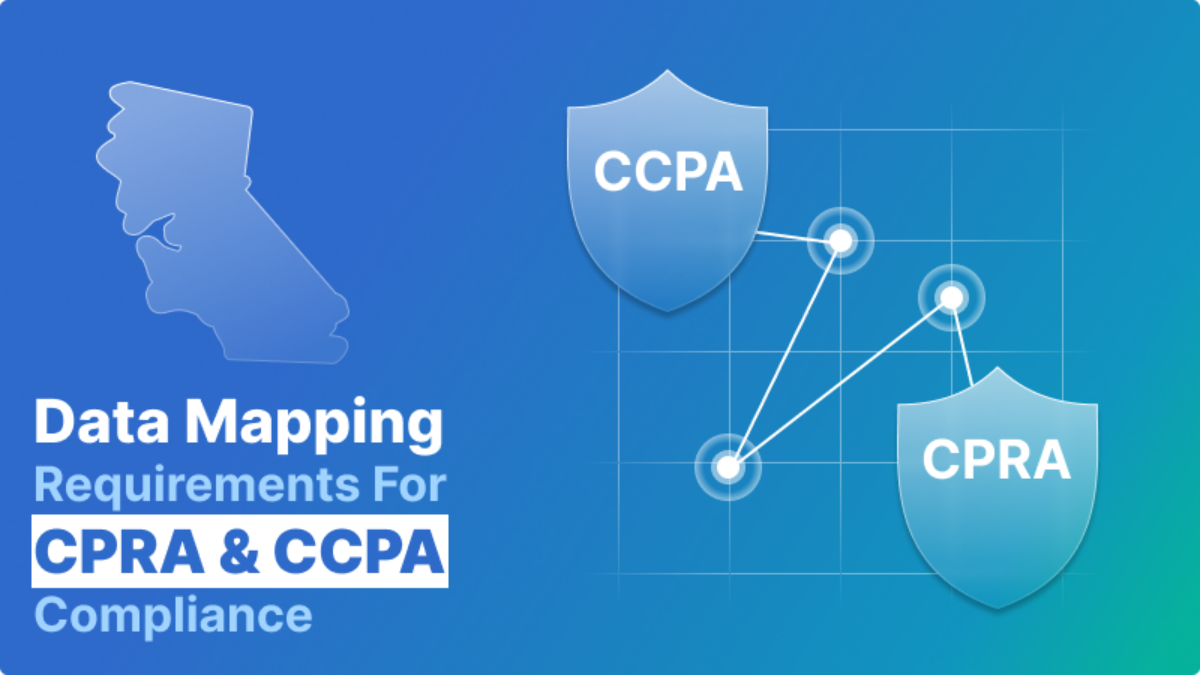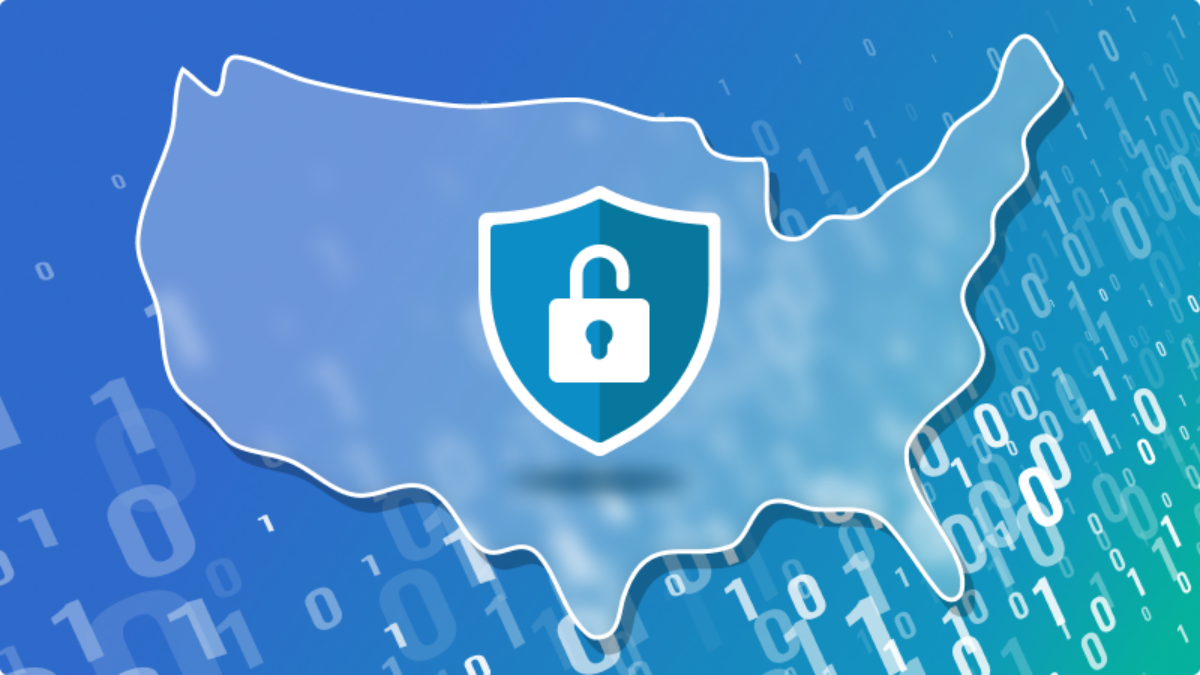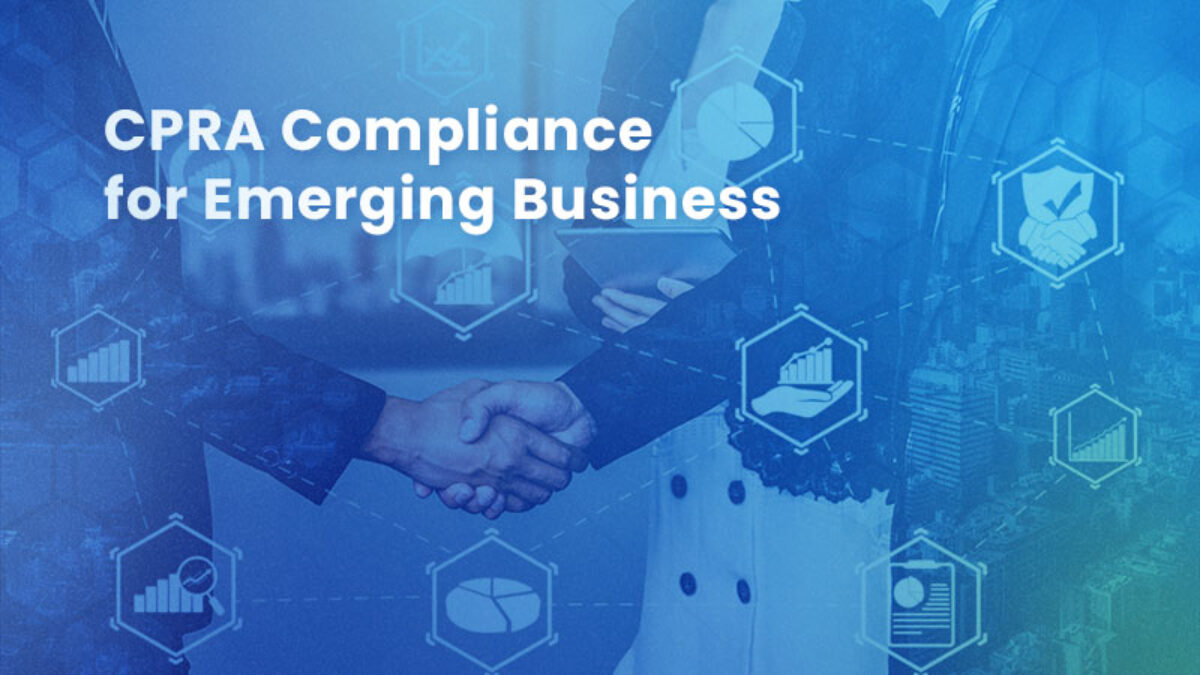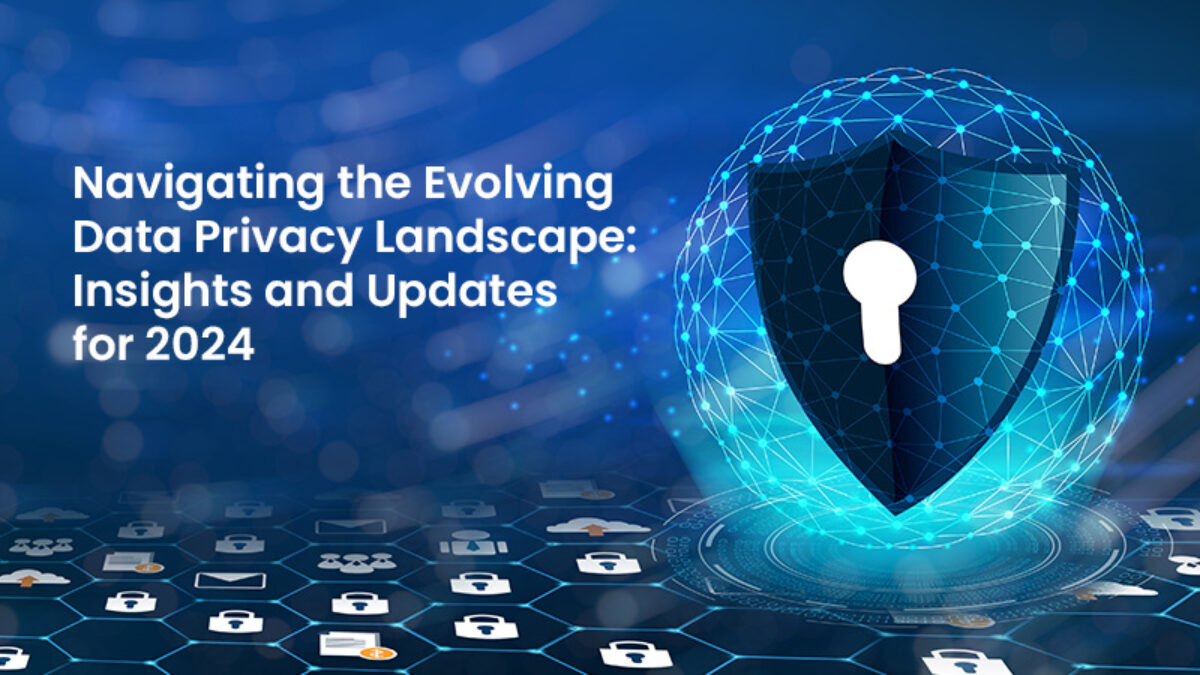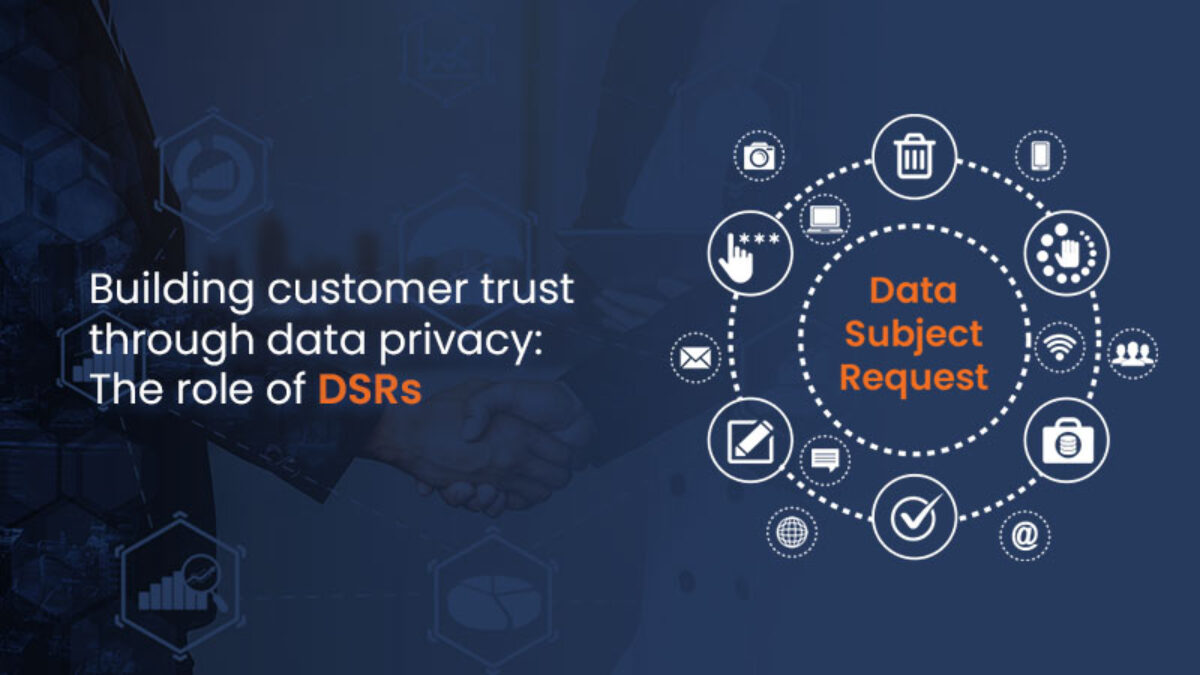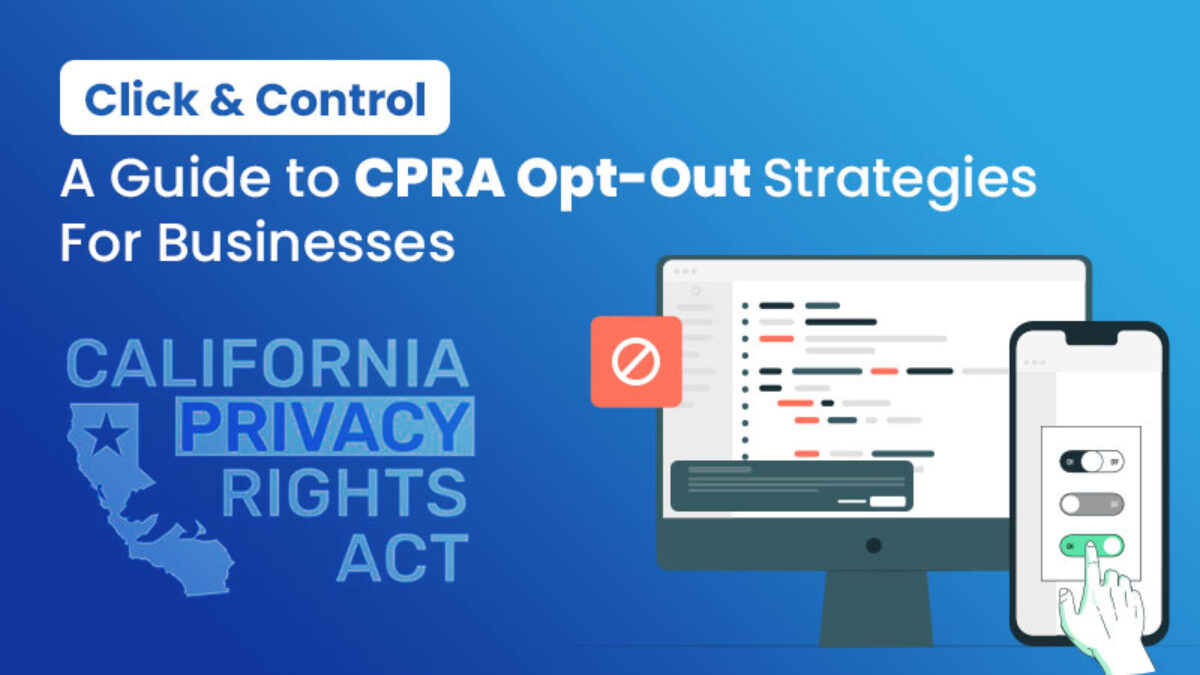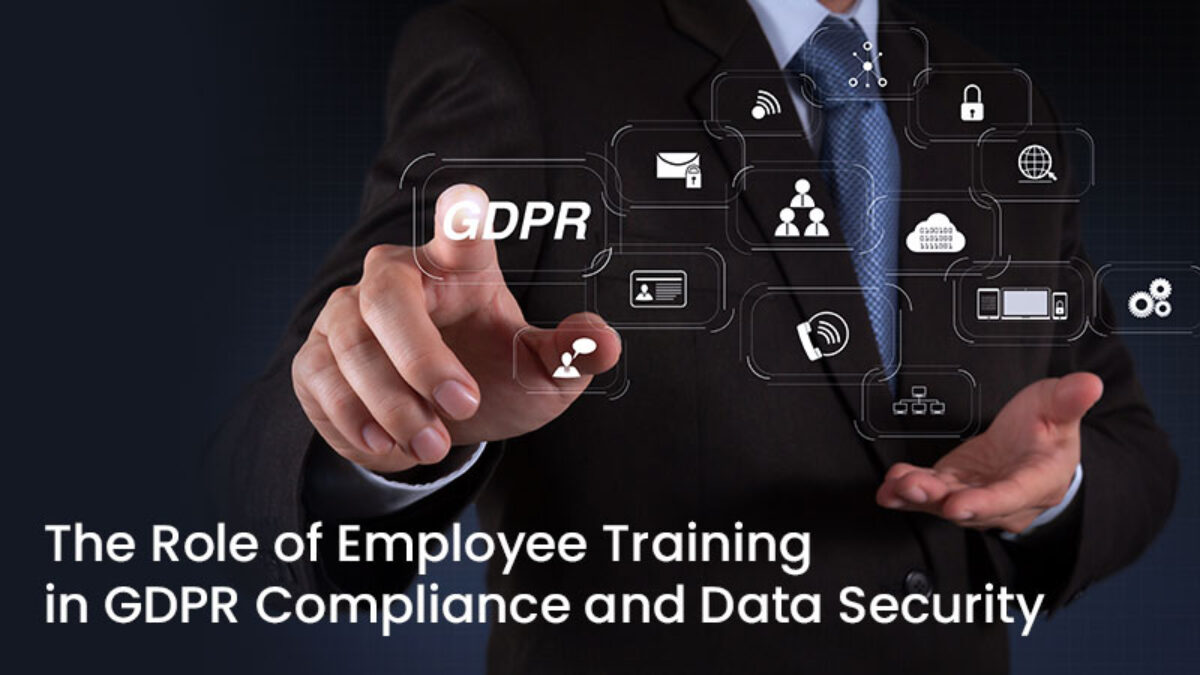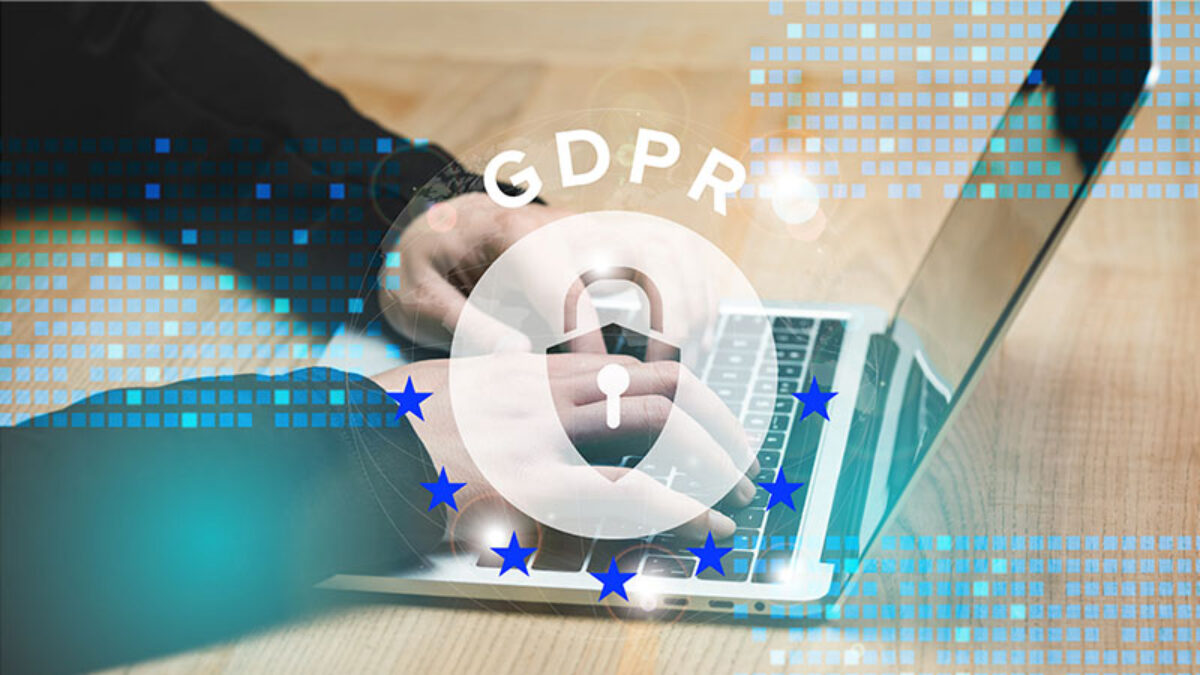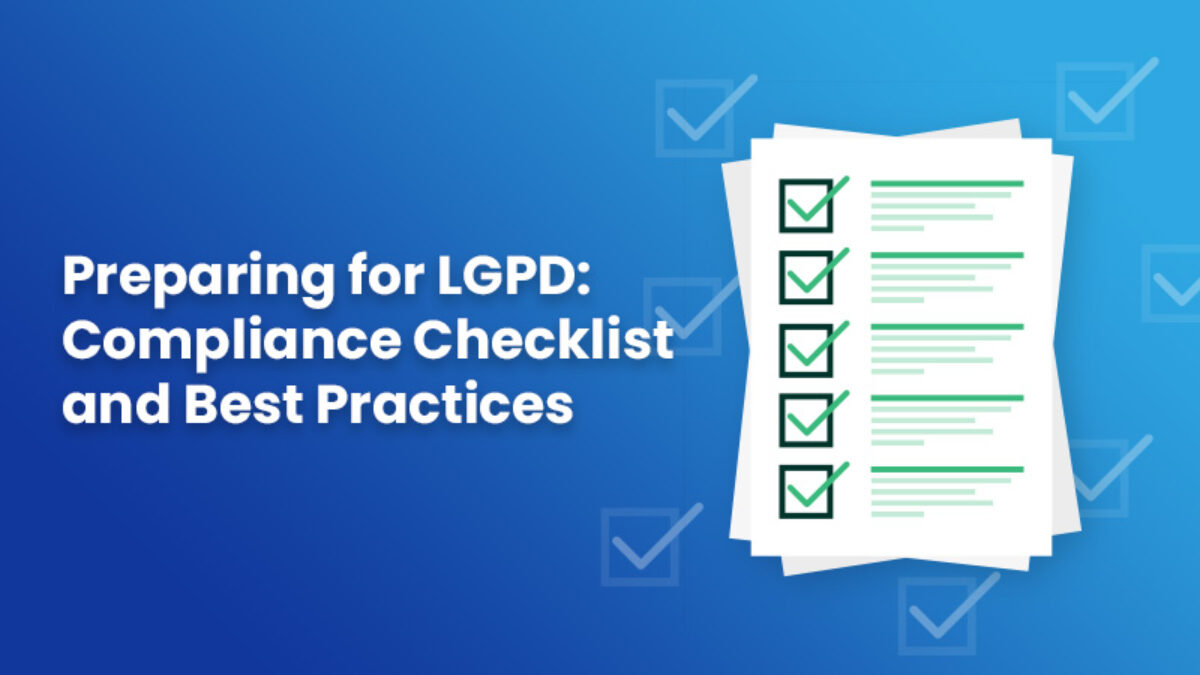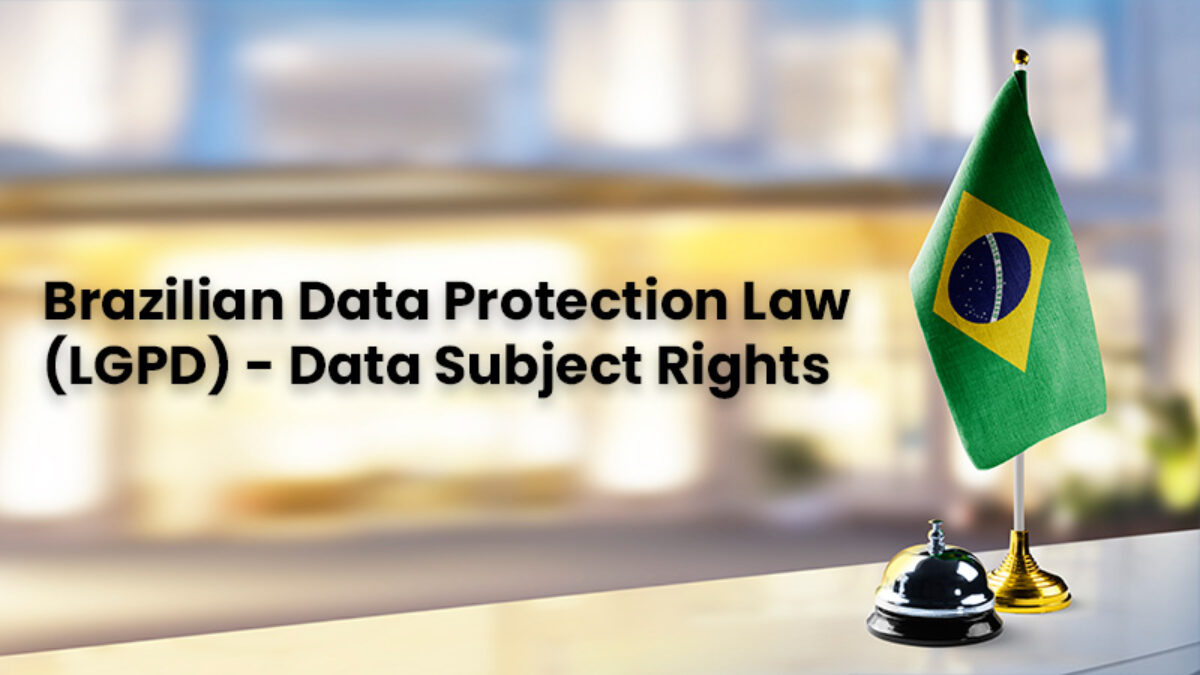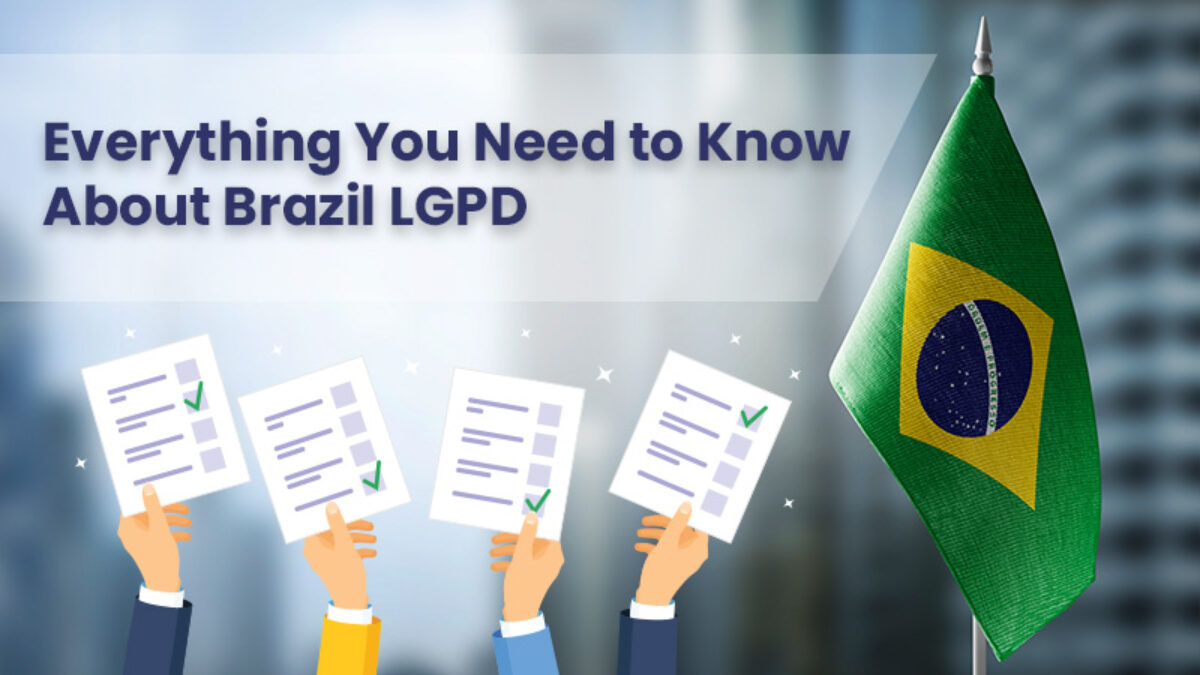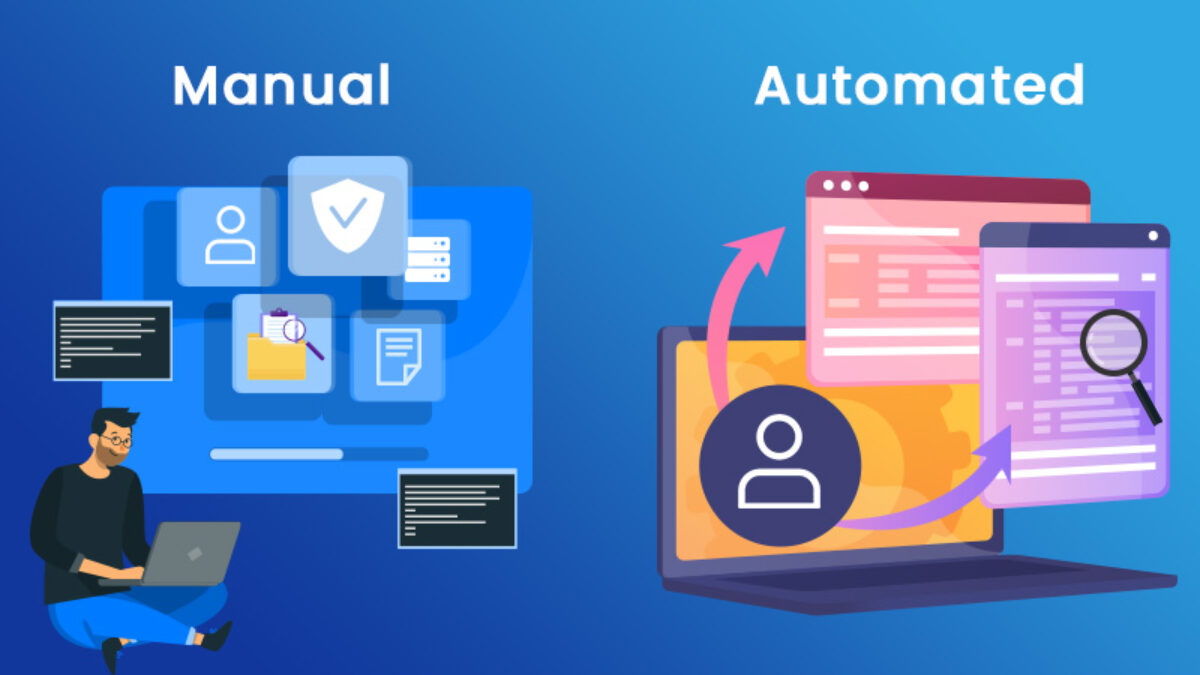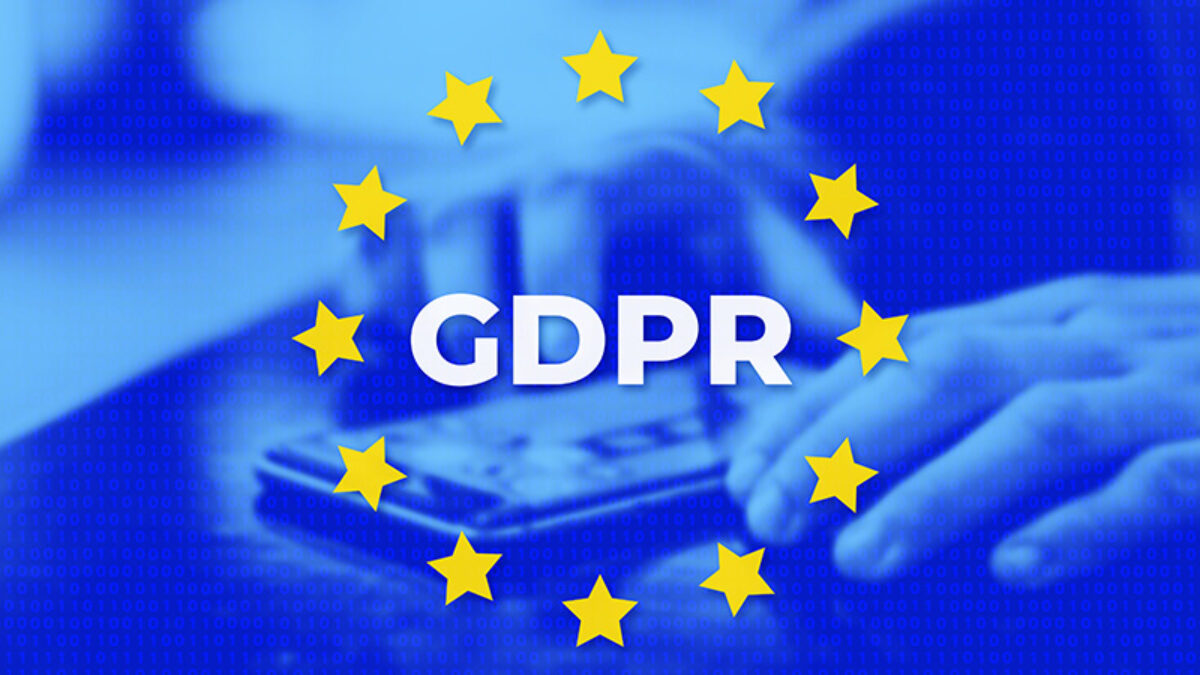Conducting Privacy Impact Assessments with PIA Software: Benefits and Best Practices

About Privacy Impact Analysis
In today’s data-driven world, the need for thorough and efficient privacy impact assessments (PIAs) has become paramount. With personal information constantly collected, processed, and stored, organizations have a responsibility to ensure its protection. Manually conducting PIAs, however, can be a time-consuming and resource-intensive task. This is where PIA software comes in, offering a powerful solution to streamline the process and ensure effective privacy compliance.
Benefits of conducting PIA using Software
Increased Efficiency:
PIA software automates repetitive tasks, such as data mapping and risk identification, significantly reducing the time and effort required. This frees up valuable resources for analysts to focus on complex aspects of the assessment.
Improved Accuracy:
Pia Software can analyze vast amounts of data and identify potential privacy risks with greater accuracy than manual processes
This helps organizations avoid overlooking critical issues and ensures a comprehensive evaluation, especially when leveraging privacy assessment tools. PIA Automation helps organizations avoid overlooking critical issues and ensures a comprehensive assessment.
Enhanced Collaboration:
PIA software facilitates collaboration between different teams within an organization, such as IT, legal, and business units. This ensures everyone involved has access to the same information and can contribute effectively to the process.
Standardized Documentation:
Software generates consistent and standardized reports, streamlining the documentation process and making it easier to track and manage PIAs over time.
Reduced Costs:
Automating tasks and improving efficiency can significantly reduce the overall cost of conducting PIAs. This is especially beneficial for organizations with limited resources seeking to employ privacy assessment tools.
Best Practices for using PIA Software
Initiate Early
Integrate data protection impact assessments (PIAs) into the initial phases of project development or before implementing new technologies. Adopting a “privacy by design” strategy ensures the seamless integration of privacy considerations throughout the development cycle, strengthening your risk management capabilities.
Maintain Regular Updates
Given the evolving nature of privacy risks and regulations, it is essential to periodically update and conduct PIAs. This proactive approach ensures ongoing compliance and equips organizations to address emerging privacy challenges effectively.
Foster Stakeholder Engagement
Broaden the scope of PIAs beyond the IT department by involving diverse stakeholders, such as legal, operations, and project management teams. This collaborative approach facilitates a comprehensive privacy assessment, encompassing various organizational perspectives.
Select An Apt Privacy Assessment Tools & Software
Opt for a PIA software solution tailored to your organization’s unique requirements and risk profile. Evaluate features such as advanced risk identification capabilities, regulatory compliance compatibility, comprehensive reporting pia tools, and user-friendly interfaces to optimize the assessment process.
Provide Comprehensive Training
Equip your staff with the necessary skills to utilize the PIA software proficiently and interpret assessment outcomes accurately. Training initiatives should encompass an understanding of privacy regulations, the implications of non-compliance, and strategies for risk mitigation.
Additional Considerations
Align with Organizational Needs: Choose a PIA software solution that aligns with the scale and complexity of your operations, considering factors like data types managed and budgetary constraints.
Integrate with Existing Systems: Ensure seamless integration of the PIA software & Assessment Tools with your organization’s existing IT infrastructure and data management systems to facilitate efficient data handling and assessment procedures.
Prioritize Continuous Improvement: Regularly update the PIA software to reflect the latest regulatory requirements and industry best practices, ensuring that assessments remain current and address evolving privacy risks effectively.
Implement Periodic Reviews: Conduct regular evaluations of your PIA process and software performance to identify areas for enhancement and ensure sustained optimization of your privacy management practices.
By adhering to these comprehensive guidelines and best practices, organizations can enhance the effectiveness of their Privacy Impact Assessments, foster a culture of privacy awareness, and proactively mitigate high risks, especially with the aid of privacy assessment tools, in an evolving regulatory landscape.
Conclusion
PIA software is a valuable instrument, streamlining privacy impact assessments, enhancing both accuracy and efficiency, thereby fostering robust privacy and data protection. By selecting the right solution and implementing best practices, including ongoing process optimization, organizations can call upon PIA software to manage privacy risks most effectively. This cultivates an environment of data security, reinforcing trust among stakeholders, and demonstrating a strong commitment to privacy compliance.
How Mandatly helps to comply with conducting Privacy Impact Assessments
Mandatly is a comprehensive privacy management platform that facilitates Privacy Impact Assessments (PIAs) by providing tools and solutions for streamlined processes. It automates key aspects of PIAs, offering templates, workflows, and guidance through data mapping, risk assessment, and compliance management. Mandatly helps document and report on the PIA process, ensuring organizations can assess and mitigate privacy risks effectively. It also supports consent management, and incident response, and integrates with other tools, contributing to a holistic approach to privacy.
Conduct privacy assessments to identify and mitigate risks associated with IT systems, products, services, or data processing activities related to personal data. Risks are flagged automatically providing the full visibility to manage your data privacy compliance.
Assessment Portal: Single source for managing all types of assessments (PIA/DPIA, Vendor, Readiness etc.).
Assessment Templates: Select assessments from standard templates or create your own.
Risk Assessment: Automatically assess the risk and impacts of risk-informed decision-making.
Demonstrate Compliance: Record all the activities carried out to ensure transparency and accountability.
